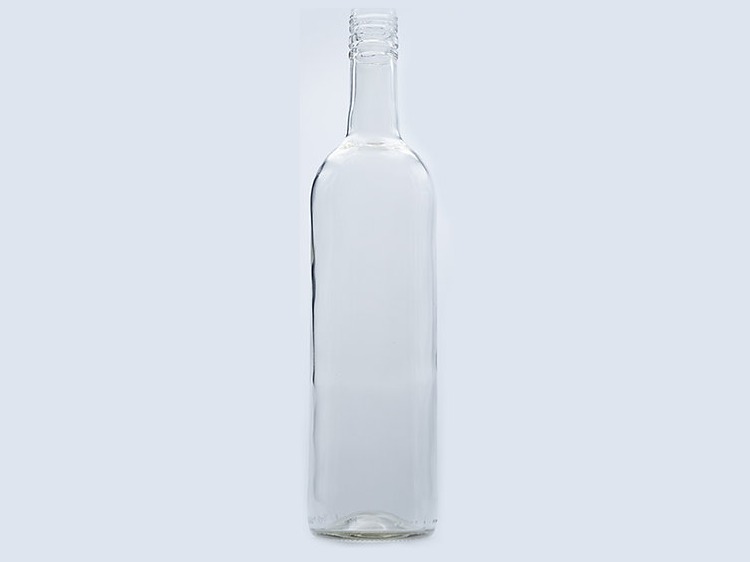
Sometimes, wine doesn’t quite live up to expectations. I’ve encountered this when comparing wine at tastings to subsequent purchases, more so with rosé and white wines. After looking into this deeper, I suspect one culprit might be light strike.
One trend in the wine industry is the increased use of white flint bottles. These bottles are praised for their aesthetic appeal and their ability to showcase the colour of the wine inside. Made from high-quality, clear glass, white flint bottles are renowned for their clarity and brilliance. The term ‘flint’ comes from the use of flint stones in the glass production process which historically helped create a purer form of glass.
However, flint bottles aren’t the best choice for protecting wines from light. Recent research has highlighted the adverse effects of light on the fruity and flowery aromatic profile of wines. One study monitored changes to the volatile compounds in white wine under typical supermarket shelf conditions, using 1,052 bottles of 24 different white wines. It was found that after just seven days of shelf life in flint glass bottles, there was a dramatic loss in terpenes and norisoprenoids. In contrast, coloured glass bottles did not show such deterioration even after 50 days.
There’s also ongoing research into using irradiation equipment to monitor photodegradation of wines in a fast and straightforward manner. This research could pave the way for new photoprotective strategies for rosé, white, and even sparkling wines in flint bottles. As the industry evolves, finding a balance between aesthetic appeal and wine preservation will be crucial to ensure that wines are enjoyed as intended by the winemakers.
For now, pay attention to how wines are presented in store. Wines exposed to bright lights and direct sunlight are at a higher risk of light damage. Choose bottles from the back of the shelf or those stored in dimmer, cooler sections. White and rosé wines are often best enjoyed young. Check you are buying the most recent vintage to ensure you’re getting the freshest product. Once purchased, store your wine properly at home. Keep bottles in a cool, dark place, ideally in a wine fridge or cellar, to prevent light and temperature fluctuations from affecting the wine.
Retailers and wholesalers also have a role to play. Store opened boxes of wine away from direct sunlight and bright fluorescent lighting. Instead, use dim or ambient lighting. For unboxed wines, implement a strict First In, First Out (FIFO) policy to ensure that older stock is sold first, reducing the time wines spend on shelves. Consider using UV-filtering films on display case windows. Also ensure wines are transported and delivered under optimal conditions.













